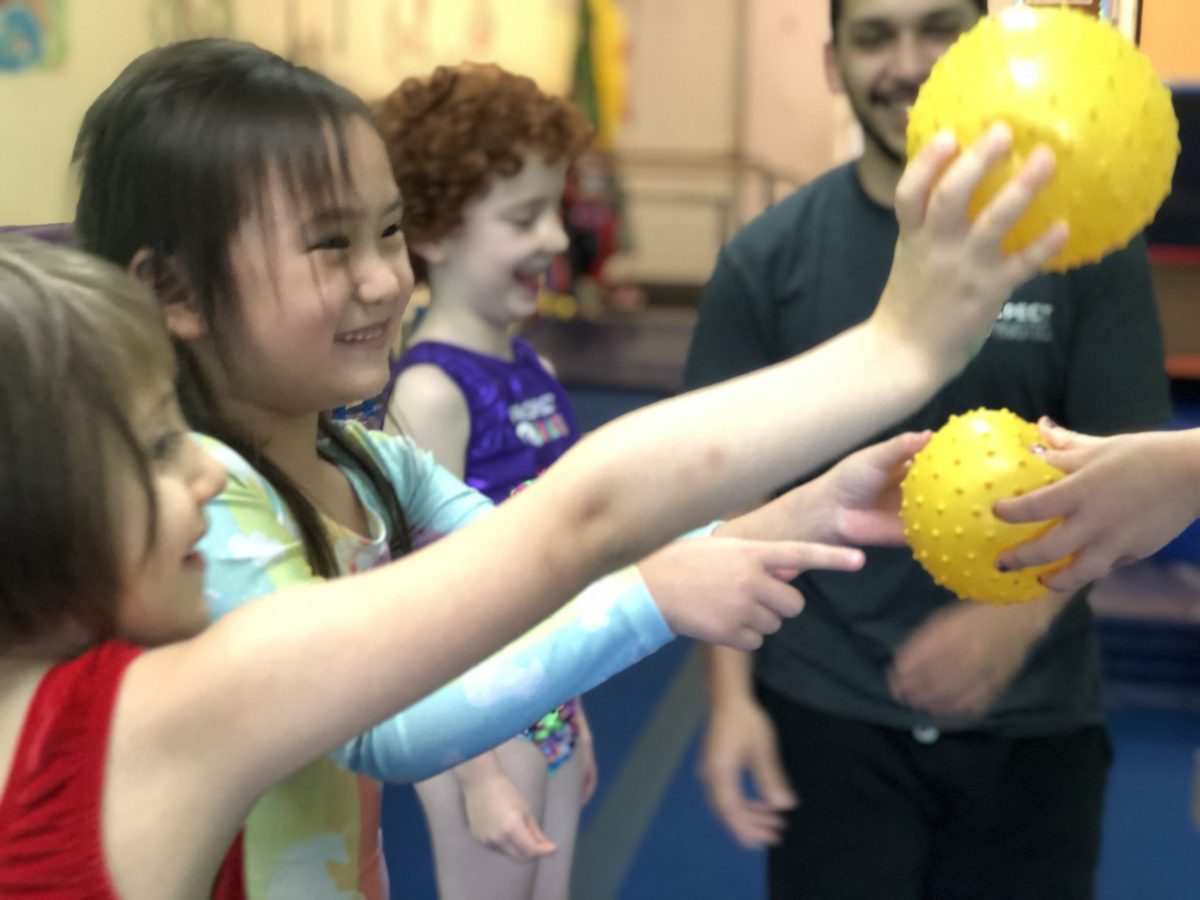Creating a collaborative and welcoming classroom takes a little bit of creativity and a lot of consistency. However, the effort is well worth it. I always tell my teachers that they will have to stay on their toes regardless. They can either use constant encouragement and positive reinforcement to set the tone, or they can spend their time chasing after behavior issues. Which would you prefer?
What is Positive Reinforcement?
I often ask this question at hiring interviews. “What does positive reinforcement mean to you?” I usually receive a range of responses varying from “being kind to kids” and “saying nice things.”
I smile and respond that yes positive reinforcement can be kindness and saying nice things. However, positive reinforcement is not necessarily about being kind or nice.
Positive reinforcement is about clearly stating expectations and then incentivizing the behaviors needed to meet those expectations. For instance, if you want your students to be ready for the next activity, you need to explain clearly what that means. Meaning, you need to tell them exactly where and how to sit.
Positive versus Negative Reinforcement
When little Suzie is jumping on the trampoline, if you tell her: “I’m sorry sweetie, but you can’t be on the trampoline now.” All you did was state your disapproval. You did not tell Suzie what you expect of her.
Instead, tell Suzie exactly what you expect is as much detail as possible. Say, “Suzie, please come down from the trampoline and sit on the green line with quiet lips and hands in your lap.”
Why Bother with Positive Reinforcement?
Our brains are wired to respond to what we see and hear in the environment around us. Imagine you are sitting at a restaurant with a friend. The friend tells you. “Don’t look! Your ex is sitting in the corner.” What happens? Did you automatically look into the corner before your friend even finished the sentence?
When we hear “Don’t look”, our brain processes that sentence in two separate parts, “don’t” and “look.” Since the word “look” is a direct command, by the time we finish processing the “don’t”, we already looked!
Now imagine your friend said to you: “Keep looking straight ahead at me while I tell you this. Your ex is sitting in the corner.” What happens now? You still might be tempted to look into the corner. However, it won’t happen automatically. Your friend told you exactly what you should do. In this case, keep looking at her.
Saying “Don’t Look!” is faster and easier. However, it is way less effective. If you want to achieve the best results, you need to set expectations with specific, direct instructions. This is positive reinforcement.
Positive Reinforcement in the Classroom
Positive reinforcement requires the teacher to think about what they are trying to achieve and the most specific, targeted way to explain and incentivize those goals.
If the teacher wants to encourage children to sit quietly, they need to tell the kids where to sit and how to sit. For instance, “Sit on the green line with your hands in your lap.” They then need to incentivize that behavior by praising the children who listen.
Positive reinforcement means giving direct, specific praise. In this case, “Good job sitting on the line with your hands in your lap.”
Negative Reinforcement in the Classroom
How often do you walk into a classroom and see the exact opposite? A teacher keeps yelling at the student to stop running or jumping.
Often the teacher doesn’t even explain the expectation to the student. They only say: “Stop running!” or “Stop fiddling!” or “Stop jumping!” Meanwhile, the students were never directed where to sit or what to do.
Instead of praising the children who follow directions, the teacher focuses their attention on the children misbehaving. This teaches the students that in order to get the teachers attention, they must misbehave – clearly not what the teacher intended.
Positive Reinforcement is a Group Effort
Teachers can use positive reinforcement as an important tool to teach their students. It can also be used to create a class culture built on the values the teacher wants to foster.
Take the time to talk to your students about positively reinforcing one another. Discuss words to avoid and positive words and attitudes to encourage. For instance, if they see a classmate struggling, they can encourage them. They can tell their friend to “keep going” or “you got this.”
Some words that teachers should avoid are “no” or “don’t”. Some words that students should avoid are “can’t” or “won’t”. I’m sure that your students will come up with their own creative do’s and don’ts for the classroom.
Positive Reinforcement Improves Relationships
This method improves the training results in the classroom. It also improves the interpersonal relationships between the students themselves and the student-teacher dynamic.
Positive reinforcement isn’t necessarily “nice” or “kind” words. It can be firm and direct. However, it will set clear expectations. And it will make everyone feel good about doing the right thing.
The Positive Reinforcement Challenge
Positive reinforcement isn’t just for the classroom. Setting clear expectations and reinforcing values benefit every kind of relationship.
As a personal challenge, I invite you all to choose one day where you will use positive reinforcement only to interact with everyone you encounter: that means, friends, family, students and yourself!
I don’t mean you should be “nice” to everyone. However, you will take the time to think of the direct, specific expectation that you are trying to set. Remember to avoid the words “no”, “don’t”, and “can’t” in your positive reinforcement challenge.
Please let me know how your personal challenge goes in the comments below!
Click on this link to read more about Positive Reinforcement
Article by Dr. Kris Eiring
Stay on the lookout for the follow up article on class culture!
